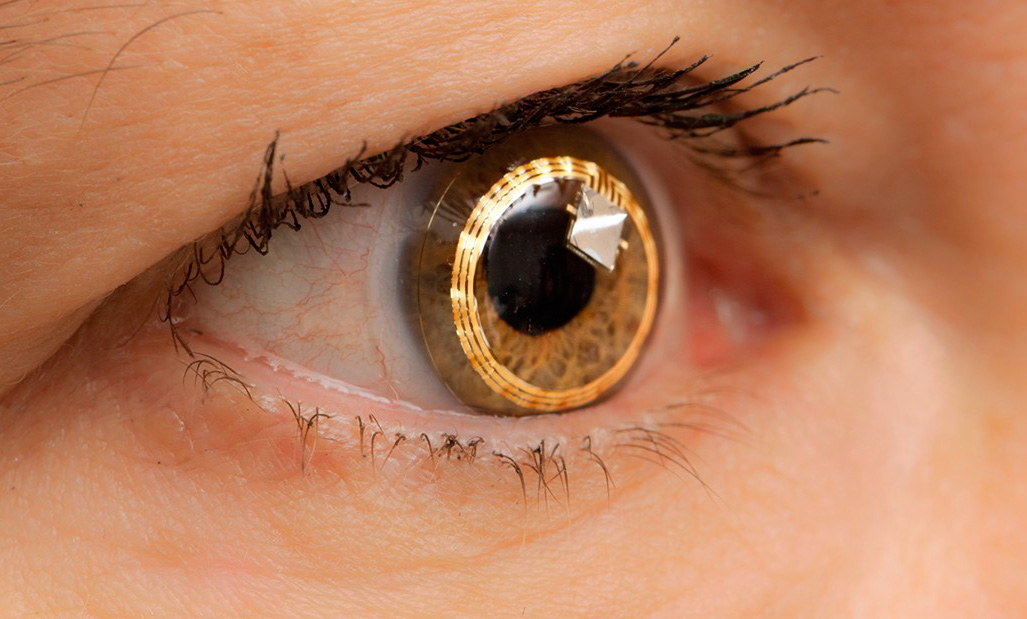Contact lenses happen to be an outstanding choice for practically everyone who requires vision improvement but does not wish to wear glasses all of the time or go for Lasik surgery.
If you wish to wear contact lenses, here are some things you should know about them before visiting your eye doctor.
Materials used in contact lenses
When it comes to contact lens use or sapphire blue contacts, the first thing to consider is which material will best fit your needs. Contact lenses are classified into five varieties based on the substance used to make them:

The soft lenses are made of plastic gel that contains water, known as hydrogel. These lenses are extremely thin and pliable, allowing them to contour to the eye’s anterior surface. They were introduced to the market in the early 1970s and significantly increased the usage of contact lenses since, in general, these lenses provide immediate comfort. Hard contact lenses composed of PMMA plastic were the only option. PMMA lenses required weeks to acclimate to, and many patients found it difficult to wear them comfortably.
Permeable lenses gas, also known as GP lenses or lenses, are rigid RGP- that have the appearance and feel of PMMA lenses but are porous and enable oxygen to travel through them. Because they are oxygen permeable, GP lenses can be worn closer to the eye than PMMA lenses, giving more comfort than traditional hard lenses.
The Hybrid contact lenses provide a comfortable fit with soft racing lenses or silicone hydrogel and an incredibly clear view with gas permeable lenses. A stiff gas-permeable center zone is enclosed by a “skirt” of silicone hydrogel or hydrogel material in hybrid lenses. Despite these advantages, only a small fraction of people in the United States use hybrid contact lenses since they are more difficult to adjust to and more expensive to replace than silicone hydrogel and soft lenses.
The PMMA lenses are made of polymethylmethacrylate (PMMA). This firm and the transparent polymer is also used as a substitute for unbreakable glass windows and is sold under the Lucite, Perspex, and Plexiglas brands. PMMA lenses provide outstanding optics. However, they do not transport oxygen to the eyes and can be difficult to acclimatize to. These “hard lenses” (now obsolete) have been mostly supplanted by GP lenses and are rarely prescribed today.
Designs for contact lenses
Soft contact lenses (both regular hydrogel and silicone hydrogel) are available in a range of shapes and sizes, depending on their intended use:
- To correct myopia (near vision) or hyperopia (far vision), spherical contact lenses have the same lens power throughout the optical portion of the lens (distance vision).
- Toric soft contact lenses offer varying powers in the lens’s meridians to correct astigmatism, myopia, and hyperopia.
- Multifocal (or bifocal) contact lenses have separate zones for near and distant vision to correct presbyopia, myopia, or hyperopia. Some multifocal lenses can correct astigmatism.
- Sapphire blue contacts meant to modify or accentuate the color of your eyes are referred to as cosmetic contact lenses. Contact lenses for Halloween, theatrical effects, and other special effects are also considered cosmetic lenses.

All of these lenses can be modified to accommodate folks who have difficulties adjusting their eyes. Other lens designs, such as those designed for use in certain situations, such as keratoconus correction, can also be purchased.
